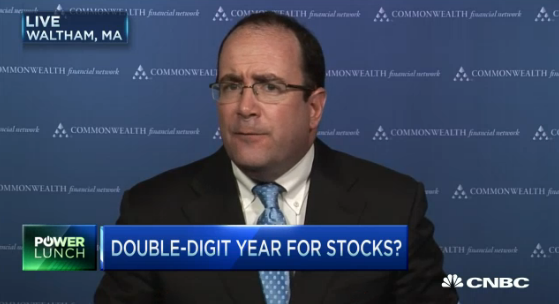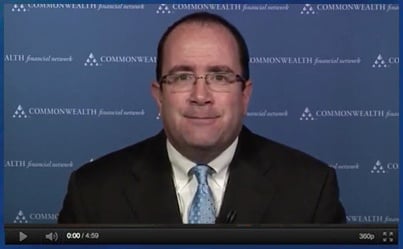When markets rose after the Fed hinted at a potential rate hike in December, it made me rethink my expectations for the remainder of 2015. Will it be a double-digit year for stocks after all? I shared my views during an appearance on CNBC's Power Lunch program on Tuesday.















